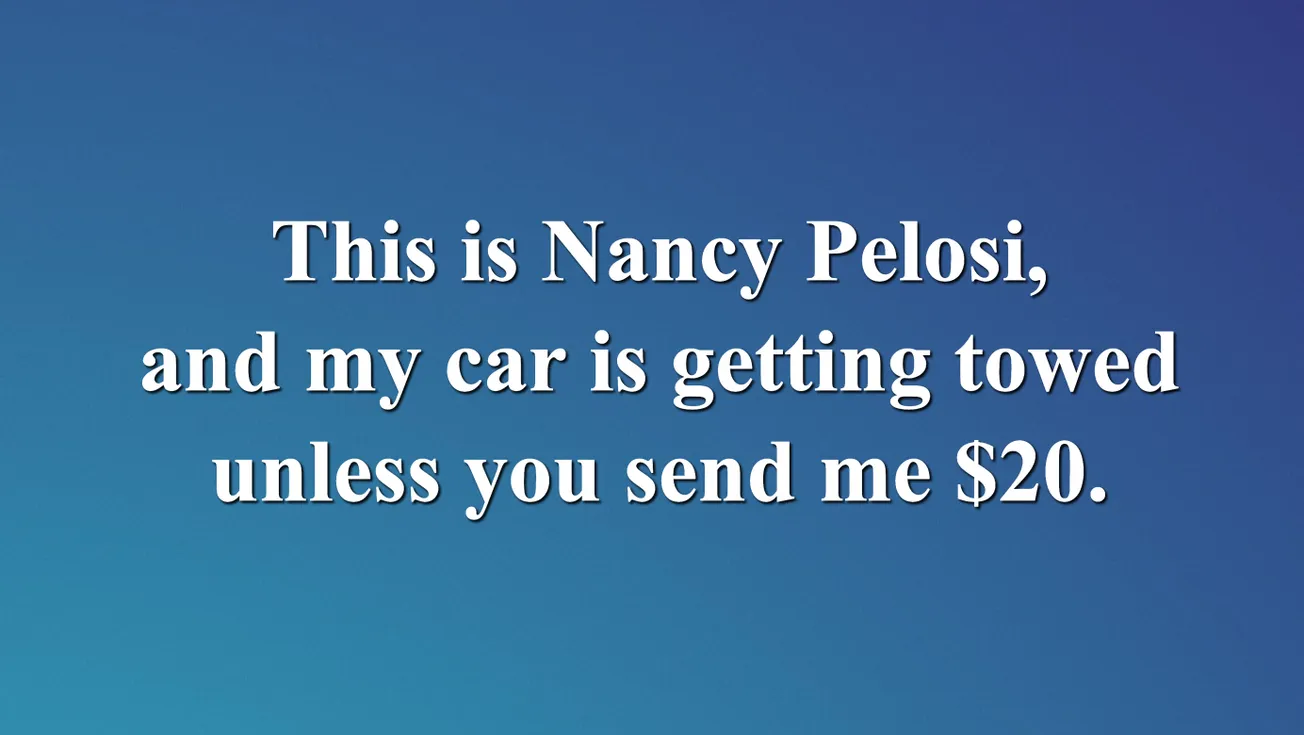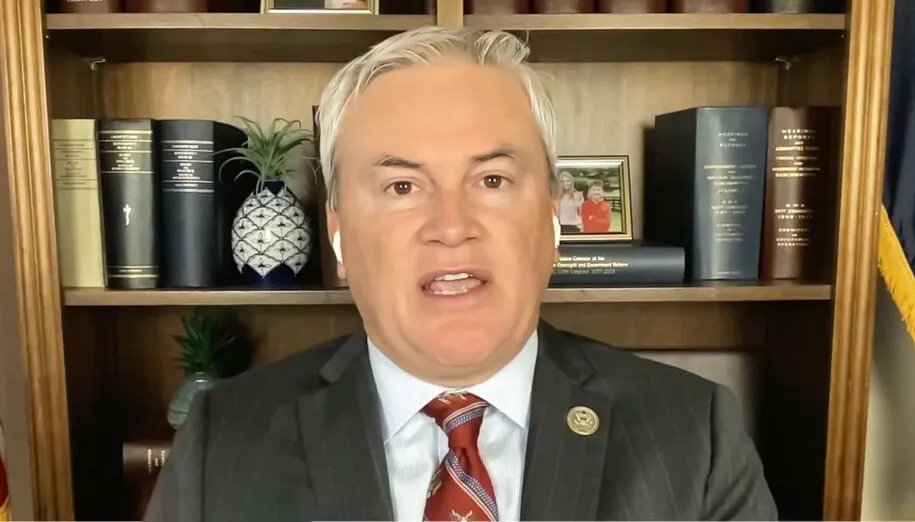When the news broke that the Walmart lawsuit had been dismissed, I was intrigued by the responses of some of our elected officials. Here is one example:
“I’m sure glad that stupid lawsuit is taken care of, so we can get our pictures made breaking ground on this big-ass store, and not have to pay attention to some froufrou urban design crap.”
So — what lesson can we take away from the Walmart process, and the responses of our leaders?
::
While I am not a big fan of Walmart, I can understand the enthusiasm for this project. It brings a big-box store to an underserved area, along with cheaper prices and maybe even some jobs. I get it.
What I don’t get, and never got, was our city’s willingness to completely ignore our urban design guidelines, and to roll over for Walmart completely and ignominiously.
Urban design is one of those seemingly esoteric concepts that only become important when ignored. Following good urban design principles makes a city feel open, friendly, inviting, and easy-to-use. Bad design produces the opposite: a city that is cluttered, hard to navigate, hard to like, and in some cases even dangerous.
Here’s the catch: the design choices you make last for years, even decades. Build your city so it isn’t walkable, and you get more pollution, more obesity, and more disease. Create urban canyons, as the Third Street side of the Omni is going to do, and you get more crime and less pedestrians. Put a suburban design in an urban setting, as the Walmart design does, and you force people into using cars and abandoning public transportation, just at a time and place where we should be increasing the availability of that service. (Not to mention that a suburban design looks butt-ugly in that setting.)
The sad thing is, we have urban design guidelines that are well thought out, appropriate for our city, and can make a difference in the Louisville of 2020 and beyond. But in the case of Walmart, the corporate giant said “screw you and your guidelines; we build what we want, where we want, or we don’t build at all.” And what did our city leaders say in response? “Look, we’d love to have you build here; but you have to be a good partner, and that means following the guidelines just like any other builder.”
Oops, just kidding … what our leaders ACTUALLY said was “Guidelines? What guidelines? Come right on in, and just ignore those guidelines — they don’t apply to YOU. They only apply to peons.”
And that, my friends, is the your lesson for today:
Big money trumps urban design, and zoning, and thoughtful planning, and environmental regulations, and pretty much everything else.
And …
If you have the money, we’ll tear up the regulations for you, then join you in cheering when we’re done.
— 30 —
What do YOU think? Should we have enforced our own design guidelines? Or should we have ignored them for the money, as we did? Leave a comment!
“Wal-Mart in Madison Heights” by Ben Schumin – Own work (Ben Schumin). Licensed under CC BY-SA 2.5 via Commons – https://commons.wikimedia.org/wiki/File:Wal-Mart_in_Madison_Heights.jpg#/media/File:Wal-Mart_in_Madison_Heights.jpg
Comments






